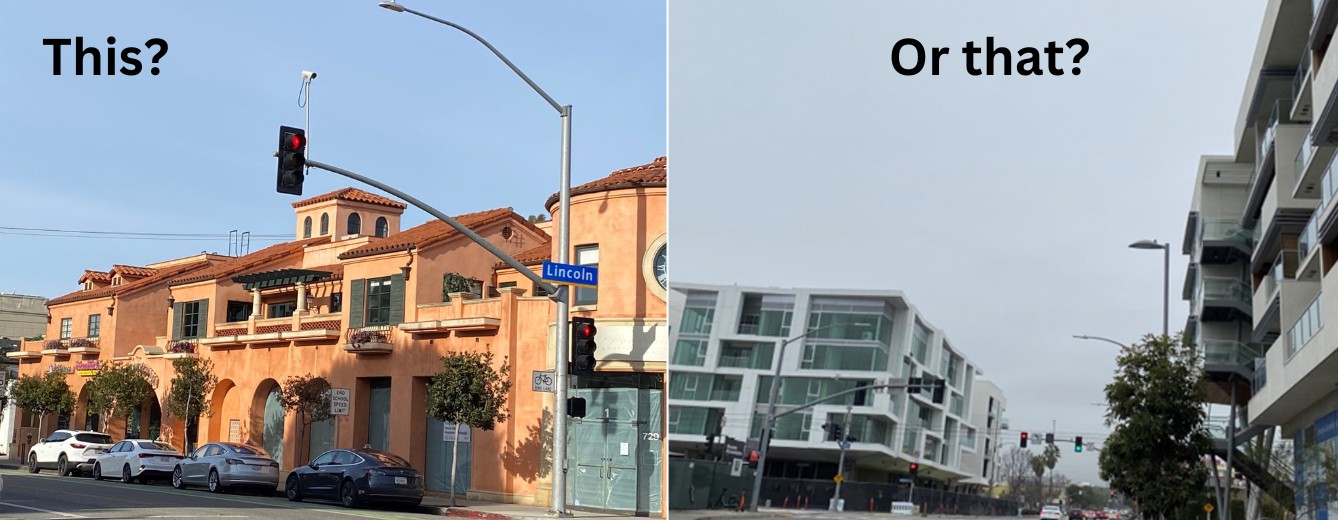From the rhetoric Gov. Jerry Brown employed on it, you’d think a law he signed early this fall would clean up the initiative process for all time.
Not exactly, for like the so-called ground water fix he signed earlier, this one also leaves untouched the chief flaws of the process it’s supposed to fix.
Yes, the law known as Senate Bill 1253 will make improvements. But not nearly as many as 2012’s long-dead SB 52 “Disclose Act” could have. That plan would have forced every political commercial in California to reveal its three largest funders prominently for six seconds at the start of ads, rather than using small print at the end. Similar rules would have applied to print ads, radio spots, mass mailers, billboards and websites.
Instead, the new law merely requires the secretary of state to post on the Internet and regularly update the top 10 donors to the committees behind every initiative measure. In short, to know who’s behind what, voters must be active, not passive, seeking out key data rather than having the information handed to them easily and prominently.
Yes, voters will be able to see online the fact that – for one example – the campaign against this fall’s Proposition 45 attempt to rein in health insurance rate hikes is so far funded by $37 million from some of the state’s largest health insurance companies – United Healthcare, Kaiser, Blue Shield and Wellpoint (owner of California Blue Cross).
But they won’t get that information in large type on TV screens or loud voices at the start of radio ads. Instead, high-speed slurring over of this key information – the way it’s done in the current misleading No-on-45 ads – will likely continue. Yes, the information will be out there, but no, the great majority of voters won’t digest it.
And yet, Brown claimed the law he signed “strengthens the integrity of the initiative process, which is uniquely influential in California political life.” Brown also liked the new law’s for the first time allowing initiative sponsors to pull back measures if the Legislature passes something similar prior to ballots being printed and mandates legislative hearings on any measure likely to reach the ballot.
But…none of these things actually changes much. They do nothing about sky-high per-signature payments to initiative petition carriers, payments that move them to push for signatures from persons who are not registered voters – a phenomenon that this fall cost the “Six Californias” proposal a place on the 2016 ballot when a large percentage of its signatures proved no good.
Use of well-paid circulators has lately made the initiative process easily bought. Essentially, if you’ve got the money, you can get whatever crazy idea you like onto the ballot, unless you are as inept as Silicon Valley entrepreneur Tim Draper was in pushing Six Californias, a rare big-money flop.
The bill Brown signed aims to help ease the domination big bucks exert over initiatives by extending the signature period from 150 days to 180, the presumption being that allowing petition carriers more time will give volunteer-carried measures a better shot than they’ve previously had.
This could be a positive change, as is the new information that will soon be available online. But it’s not enough to really clean things up.
Yes, the main funders of misleadingly-named political committees involved in initiative campaigns will be revealed to all who pursue the information. But no, it won’t be done prominently, unless one side or the other takes the Internet data and puts it into a separate “look who’s behind this” ad.
So there’s still a need to revive the original Disclose Act, carried in 2012 by current Democratic Congresswoman Julia Brownley of Ventura County. Even better would be resurrection of a late-1990s proposal demanding exposure of the biggest donors behind any ad in type matching the largest size found anywhere else in the ad.
The idea here is that since the U.S. Supreme Court ruled that corporations and others can contribute as much as they like to independent campaigns not controlled by candidates, it’s more important than ever to identify the donors.
That’s why — just like his very mild ground water action — the new law Brown signed is an improvement, but nowhere near enough to really clean things up.













